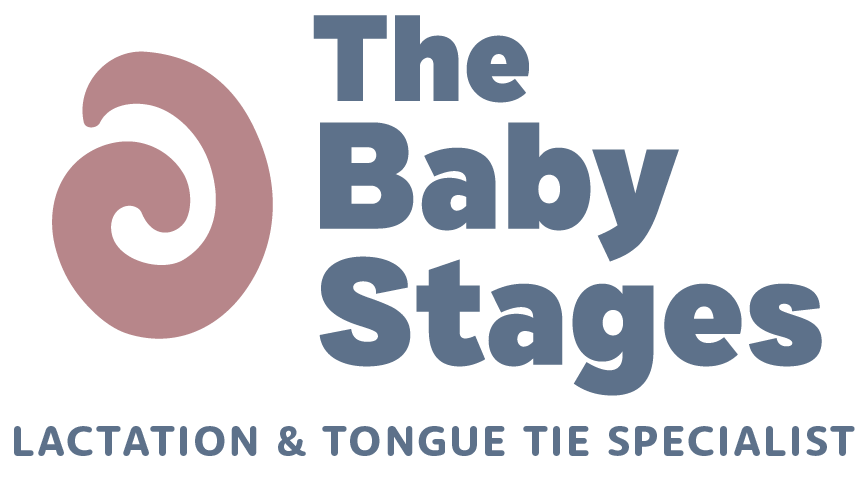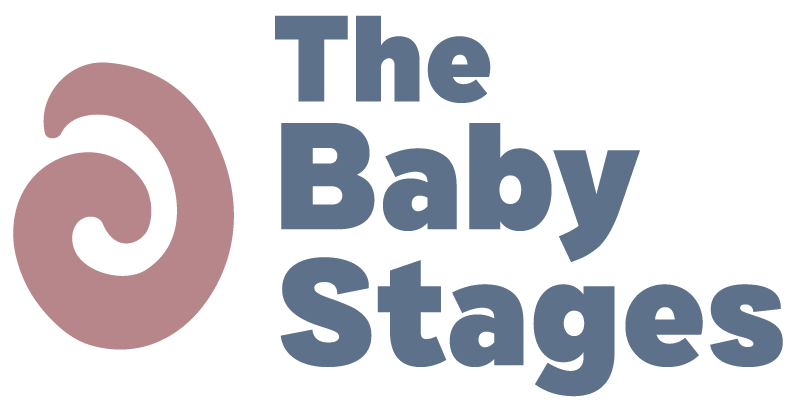What is a Blocked Milk Duct
Breast milk is stored in small sacs (alveoli) and delivered to the nipple via tubes (milk ducts). When a baby feeds, the hormone oxytocin triggers the letdown reflex, causing breast milk to move from the alveoli to the nipple. A "blocked milk duct" is when excess milk in the breast causes inflammation, resulting in engorged and swollen breast tissue that can surround and close a duct, leading to slower milk flow from that area of the breast.
Causes of a blocked milk duct may include:
Poor positioning and latch
Tight clothing or backpack straps pressing on breast tissue
Previous breast surgery or scar tissue
Blocked nipple pores
Symptoms of a blocked milk duct include:
Local pain and tenderness in the breast
Swelling/redness to an area of the breast
An obvious breast lump due to a build-up of milk
Milk with strings of spaghetti-like consistency and lumps
Prevention of blocked milk ducts:
Ensure milk can flow freely from all areas of the breast
Breastfeed at frequent intervals on demand
Check nothing is cutting into the breast (straps or wire from a bra)
Prevention Management. Prevention is better than cure:
Feeding your baby often or hand expressing
Ensuring your baby latches deeply (Nose to Nipple, Chin to Breast)
Ensure baby empties the breast thoroughly
Use cold therapy and pain relief medication
Consider seeking help from a lactation consultant or breastfeeding specialist.
They can provide personalized support and advice to help clear the blockage and prevent it from recurring.
When to seek medical attention
Most cases of blocked milk duct can be managed at home with self-care measures. However, it’s important to seek medical attention if:
The affected breast becomes red, swollen, and hot to the touch, as this may indicate the development of mastitis.
You have a fever or other symptoms of infection, such as chills or body aches.
You have persistent pain or discomfort in the breast, despite trying self-care measures for several days.
In these cases, prompt medical attention can help to prevent the development of more serious complications and ensure that you receive appropriate treatment.
Summary
A blocked milk duct is a common breastfeeding problem that can cause pain, discomfort, and engorgement in the affected breast. However, with prompt self-care measures and support from a lactation consultant or breastfeeding specialist if needed, most cases can be effectively managed at home.
By following good breastfeeding practices, such as feeding frequently and ensuring proper positioning and latch, you can reduce your risk of developing a blocked duct and help to ensure a comfortable and successful breastfeeding experience for you and your baby.


